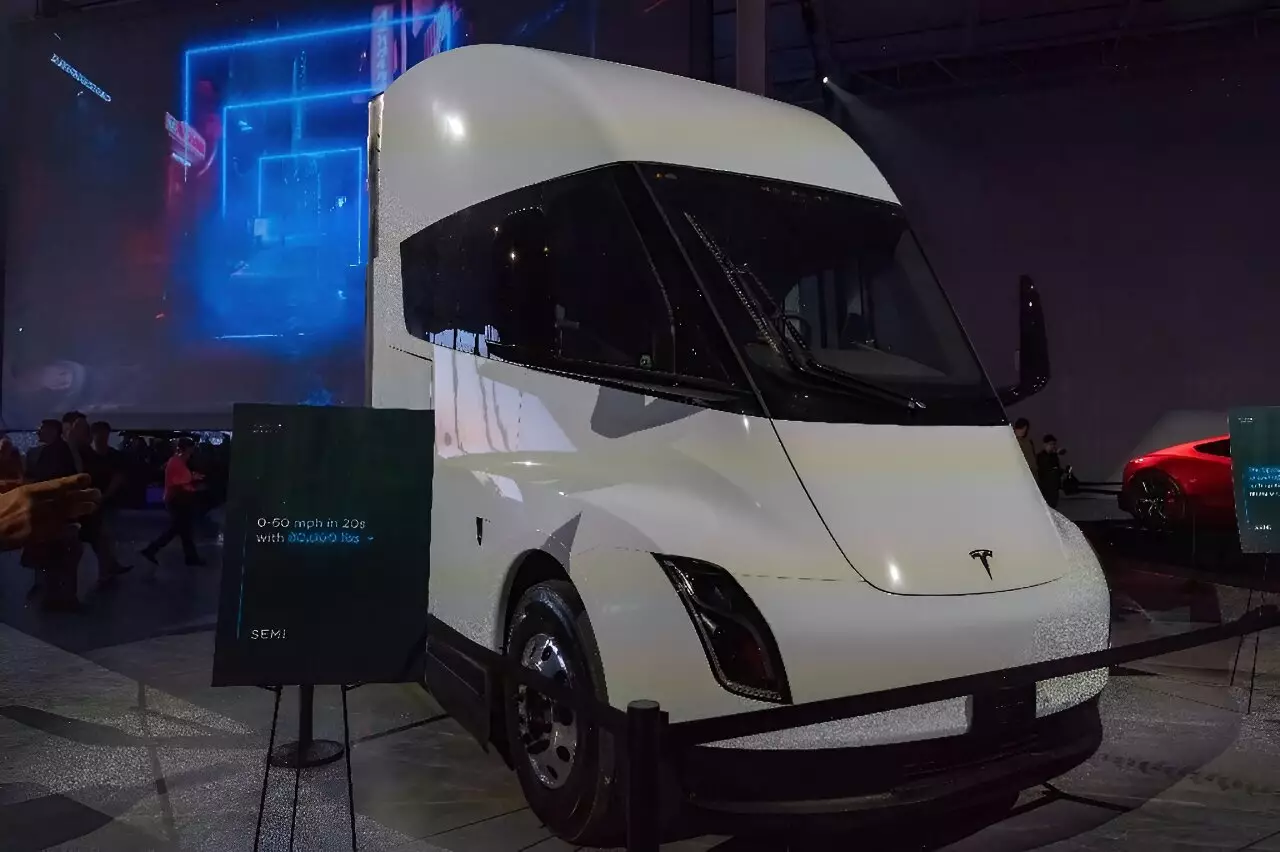In August 2023, a significant event occurred on the roads of California, spotlighting the inherent challenges of managing fires involving electric vehicles. A Tesla Semi truck, carrying no cargo and operated by a Tesla employee, was involved in a crash near Emigrant Gap. The accident unfolded when the truck veered off the road during a curve and collided with a tree, subsequently rolling down a slope. Fortunately, the driver escaped unharmed; however, the aftermath of the collision highlighted important concerns regarding the safety and emergency response associated with electric vehicles.
The aftermath of the crash led to an extraordinary firefighting effort. California firefighters utilized an astonishing amount of approximately 190,000 liters (or 50,000 gallons) of water to put out the flames ignited by the vehicle’s lithium-ion battery system. This considerable volume of water was necessary not just to extinguish the fire but also to cool the vehicle’s batteries, which can pose continued risks due to the complex nature of lithium battery fires. As a precautionary measure, firefighters deployed aircraft to disperse fire retardant around the area, reflecting the serious nature of the situation and the potential threat to surrounding environments.
The ignition of lithium-ion batteries post-collision presents unique challenges that traditional firefighting techniques may not efficiently address. Research has shown that lithium-ion batteries can reignite even after being doused with water due to their chemical composition. The need for extensive resources during such incidents raises questions about the preparedness of firefighting protocols to deal with electric vehicle fires. As EVs become more prevalent on roads, increasing investments in firefighter training and appropriate firefighting technologies may be necessary to ensure effective management of these potential hazards.
Impact on Transportation Policies
Beyond immediate firefighting responses, such incidents can have broader implications for transportation policies and the adoption of electric vehicles. The Tesla Semi’s crash coincided with comments from CEO Elon Musk about the timeline for large-scale production, which is slated to significantly ramp up by the end of 2025. As the demand for sustainable transport grows, regulators and manufacturers must consider the operational risks tied to electric vehicles. Stricter safety standards and better emergency response protocols could play essential roles in fostering public confidence in EV technology while ensuring public safety.
While the Tesla Semi accident was resolved without physical injuries, the incident serves as a reminder of the complexities involved in managing electric vehicles post-collision. With electric vehicle technology advancing rapidly, the associated risks necessitate innovative solutions in emergency response efforts. As manufacturers and emergency services work collaboratively to enhance safety protocols, it is crucial to balance the push for eco-friendly transport with effective risk management practices. The drive towards a more sustainable future requires a holistic approach that prioritizes both innovation and public safety.


Leave a Reply